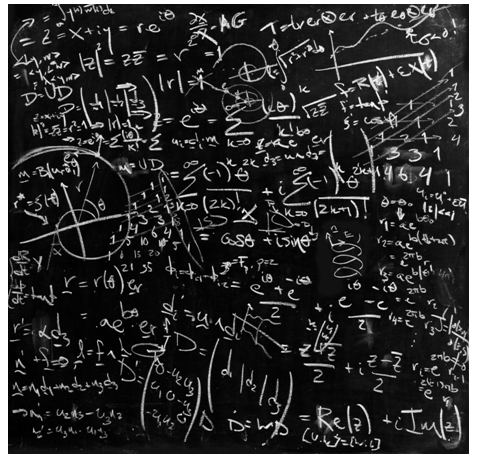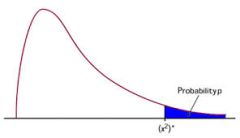Wilcoxon Rank-Sum Test Calculator
Instructions: This calculator conducts a Wilcoxon Rank Sum test for two independent samples. This test applies when you have two samples that are independent. Please select the null and alternative hypotheses, use the spreadsheet below to provide the sample data and the significance level, and the results of the Wilcoxon test for two independent samples will be displayed for you:
What is the Wilcoxon Rank-Sum Test Calculator?
More about the Wilcoxon Rank-Sum test so you can better use the results presented by the solver above: The Wilcoxon Rank-Sum test for two independent samples is the non-parametric alternative for two independent samples t-test
When should a Wilcoxon Rank Sum test be used?
The Wilcoxon Rank Sum test needs to be used when some of the assumptions required for the t-test are not met, either the measurement level of the data is less than interval, or the samples do not come from normally distributed populations. The departure from the normality assumption is particularly critical with lower sample sizes (n ≤ 30) and it can render the results of a t-test to be very unreliable, for which reason it would be advisable to use the Wilcoxon Rank-Sum test in that case.
What is the Wilcoxon Rank-Sum test
The Wilcoxon Rank-Sum test is a hypothesis test that attempts to make a claim about whether or not the two samples come with populations with the same medians. More specifically, a Wilcoxon Rank-Sum test uses sample information to assess how plausible it is for population medians to be equal. The test has two non-overlapping hypotheses, the null and the alternative hypothesis. The null hypothesis is a statement about the population median which indicates no effect, and the alternative hypothesis is the complementary hypothesis to the null hypothesis. The main properties of the Wilcoxon Rank-Sum test for two independent samples are:
- The test required two independent samples
- As with all hypotheses tests, depending on our knowledge about the "no effect" situation, the Wilcoxon Rank-Sum test can be two-tailed, left-tailed or right-tailed
- The Wilcoxon Rank-Sum test is non-parametric, which indicates that it does not require the normality assumption nor it requires interval level
- It does require the data to be measured at least at the ordinal level (so the data can be organized in ascending order)
- One technical requirement is that the two samples come with distributions with identical shape
What happens if you have sufficiently large sample sizes?
The statistic for the Wilcoxon's Rank-Sum test is the sum of ranks for sample 1. When each sample has 10 or more values, then normal approximation can be used, and the following statistic is used:
\[z = \frac{R- \mu_R}{\sigma_R}\]where
\[\mu_R = \frac{n_1(n_1+n_2+1)}{2}\]and
\[\sigma_R = \sqrt{\frac{n_1n_2(n_1+n_2+1)}{12}}\]Then, this Wilcoxon rank-sum test will compute the p-value for sample sizes that are sufficiently large to use normal approximation. Otherwise, critical values will be used instead.
There is an parallel parametric version of this Wilcoxon test, which is the t-test for two independent samples , which can be used only if the assumptions are met.
Is the Wilcoxon Rank-Sum test the same Mann-Whitney U Test Calculator
The rank sum test and Mann-Whitney are essentially the same test, so they results are equivalent.
What if I have paired-data?
If you have paired data, and the assumptions are not met to conduct a parametric test (a t-test), you should use this Wilcoxon Signed-Ranks test calculator instead.




